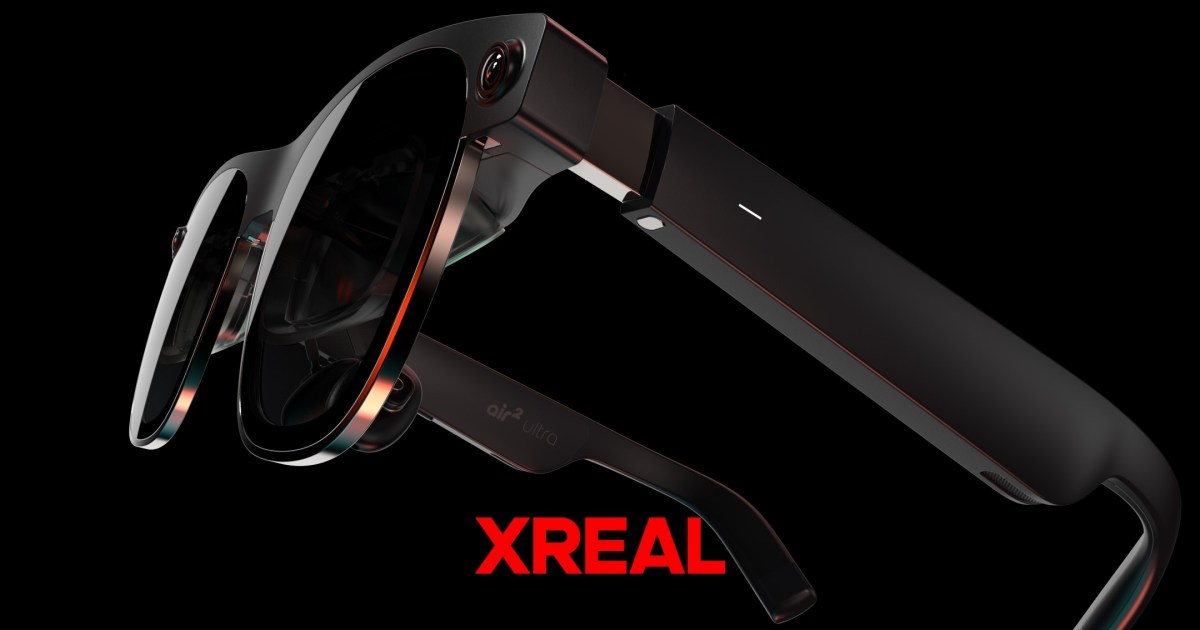Unistellar’s Odyssey and Odyssey Pro: Taking Stargazing to New Heights!
The Odyssey and Odyssey Pro telescopes, unveiled at CES, aim to simplify amateur astronomy.
Unistellar’s advanced digital telescopes provide a faster focus and unveil the beauty of the heavens.
Are you tired of the hassle of manually focusing your telescope every time the temperature drops at night? Do you dream of effortlessly capturing breathtaking images of distant galaxies and nebulae? Well, my fellow astronomy enthusiasts, Unistellar has come to the rescue with their latest second-generation products, the Odyssey and Odyssey Pro telescopes!
Say Goodbye to Focus Woes
One of the most tedious tasks when using a telescope is the constant need to adjust the focus manually. Luckily, Unistellar has listened to our frustrations and addressed this issue with their Odyssey models. These new telescopes use their own smarts to lock in focus on astronomical objects, eliminating the need for manual adjustments. No more struggling with special screens or dealing with focus issues caused by dropping night temperatures!
“This is basically the telescope that solves most of the issues we have with gen one,” says Franck Marchis, a SETI Institute astronomer and Unistellar’s chief scientific officer. And we couldn’t agree more, Franck!
The Marvels of the Universe Within Reach
Now, let’s talk about the price. The Odyssey and Odyssey Pro models come with a tag of $2,499 and $3,999 respectively. While it might not be a casual purchase for most of us, it’s a step down from the $4,899 EVscope 2. And for astronomy enthusiasts or educators, this kind of product can make the wonders of the universe much more accessible.
Unistellar’s telescopes revolutionize stargazing by analyzing the star patterns they are pointed at to determine their orientation. With the accompanying app, you can choose from a wide variety of astronomical objects, and the telescope will automatically direct its gaze towards them. Unlike traditional telescopes, which rely on fiddly motors to counteract the Earth’s rotation, Unistellar telescopes simply keep track of their observations and adjust accordingly.
Oh, and did I mention they can also take photos? These digital cameras stack multiple images to create stunning final photos. Even in suburban areas with some light pollution, I was able to capture images that made me go, “Wow, I’m looking at another galaxy millions of light years away, and it’s just right up there in the sky.” Talk about a mind-blowing experience!
Enhanced Features for an Optimal Stargazing Journey
The Odyssey and Odyssey Pro models bring even more exciting features to the table. Let’s delve into the upgrades:
1. Automatic Autofocus
No more frustrating soft-focused shots! Unistellar has incorporated automatic autofocus into the Odyssey and Odyssey Pro telescopes, ensuring crystal-clear imagery every time.
2. Compact and Lightweight
Weighing less than half of the EVscope 2’s nearly 20 pounds, these telescopes are as portable as they come. Now, you can embark on your stargazing adventures without breaking your back.
3. Multi-Depth Technology for Pixel Binning
The Odyssey Pro introduces Multi-Depth technology, utilizing pixel binning to optimize photos in different scenarios. It offers higher resolution for relatively bright planets within our solar system and enhances low-light performance for more distant, dimmer objects. Say goodbye to those blurry shots caused by atmospheric distortion!
4. Optical Viewfinder
The Odyssey Pro goes a step further with an optical viewfinder, providing an alternative way to observe the stars. No need to rely solely on the app for stargazing pleasure.
5. The Red Odyssey Pro
If you’re looking to make a bold statement, the special red version of the Odyssey Pro is set to hit the market in April. It’s priced at $4,499, so get ready to wow onlookers with your stylish celestial companion.
The EVscope 2: Perfect for Astronomy Aficionados
Unistellar hasn’t forgotten about the devoted amateur astronomers out there. They will continue to offer the EVscope 2, which provides slightly better performance for viewing dim objects due to its wider aperture for gathering more light. So, if you’re a telescope connoisseur who truly knows their stuff, the EVscope 2 might be the perfect choice for you.
Q&A Time: Answering Your Burning Questions
Now, let’s dive into some common questions that you might be pondering:
Q: Can these telescopes be used by beginners?
A: Absolutely! Unistellar’s telescopes are designed to make stargazing accessible to everyone, from beginners to seasoned astronomers. The app interface and automatic features ensure a smooth and enjoyable experience for all.
Q: How do these telescopes compare to traditional ones?
A: Unistellar’s telescopes offer a revolutionary approach to stargazing. Their automatic focusing, orientation detection, and easy-to-use app make them a hassle-free alternative to traditional telescopes. Plus, the built-in digital camera lets you capture stunning celestial moments with ease.
Q: Can these telescopes be used in areas with light pollution?
A: Yes, you can still enjoy stargazing even in areas with some light pollution. While the experience might not be as optimal as in dark sky locations, Unistellar’s telescopes are designed to capture beautiful images even under less ideal conditions.
Q: Are there any additional accessories available for these telescopes?
A: Yes, Unistellar offers a range of accessories to enhance your stargazing experience. From smartphone adapters to mount your phone on the telescope to astrophotography filters, there’s a variety of options to take your stargazing journey to the next level.
Looking Ahead: The Future of Stargazing
Unistellar’s Odyssey and Odyssey Pro telescopes have undoubtedly elevated the stargazing game, but what does the future hold for astronomical exploration? As technology continues to advance, we can expect even more exciting developments in the field.
For instance, the use of AI-driven algorithms to enhance image processing and identification of celestial objects holds great potential. We might see telescopes that can provide real-time data on astronomical events, such as meteor showers or space phenomena. The possibilities are endless, and the universe is waiting to be explored!
References:
Now that you’re armed with the knowledge of Unistellar’s remarkable telescopes, it’s time to embark on your own celestial adventure! Share this article with your fellow stargazers and let’s spread the joy of stargazing to the far corners of the universe. ✨🔭🚀
Note: All views and opinions expressed in this article are based on the writer’s personal experience and understanding in the field of computer technology and programming.






